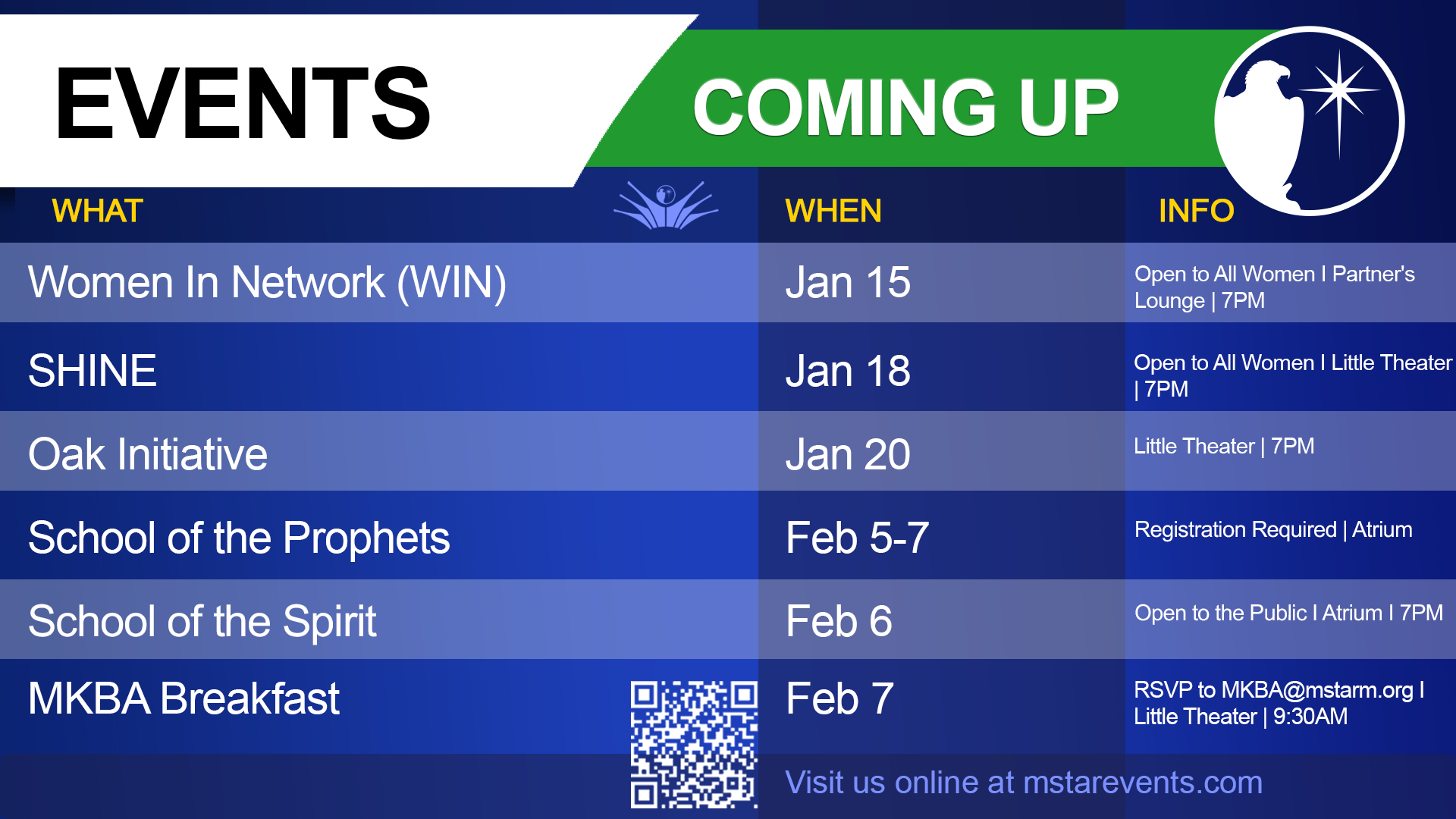If you take the first three chapters of the Bible and the last three, you have a complete story. Everything in-between these six chapters is about one essential theme—restoration. Restoring the creation from the consequences of the fall begins with redeeming it, which of course was done by Jesus on the cross. There was a long process leading up to and preparing for the cross, and now there has been one leading from the cross to prepare for its application.
The atonement sacrifice that Jesus made will result in the complete restoration of both man and the earth from all of the consequences of the fall. This restoration is at the heart of all that the Lord has done and is doing. As this becomes our heart, we become more closely united with Him in His purpose, and we begin to see His purposes much more clearly.
This is why we have been seeking to drive this theme in a little deeper each week in this study. Before going on to see how the cross is going to be applied for the restoration of all things, we will look briefly at how this is revealed in the first three chapters of the Bible, and the last three.
In Genesis 2, God walks with man and has intimate fellowship with him. After the fall, this fellowship is broken, but in Revelation 21 the fellowship is completely restored.
In Genesis 3, man is seduced by the serpent and Satan is released in the earth to take the dominion that was man's rightful place. In Revelation 20, Satan is bound and Jesus, “the last Adam,” sets up His throne on the earth.
In Genesis 3, man is driven from the garden so that he cannot eat of the Tree of Life. In Revelation 22, man is restored to the Tree of Life.
In Genesis 3, the earth is cursed. In Revelation 21, the curse is removed and there is no more mourning, crying or pain.
In Genesis 3, death enters the world and everything living on earth must suffer it. In Revelation 20, "Death and Hades" are thrown into the lake of fire, and there is a new heaven and a new earth in which there is no more death.
So in the last three chapters of the Bible we see that everything has been restored which was lost at the fall. As we have also seen, that which is restored has a greater glory than something that is just built. We also see in these Scriptures, that the end restored relationship between God and man is even better than it was in the beginning. At the end, the Lord does not just walk with man, He dwells with man—man has become His habitation.
This ultimate purpose of man should therefore be our ultimate purpose on the earth—to be God’s dwelling place. We want Him to dwell in our lives more and more. We want Him to dwell in our homes, our families, our jobs, and in all we do. To have fellowship with Him, not just walking with Him once a day, but in all we do, must be our ultimate purpose. This alone will keep us on the path of life. Christianity is not just another formula for moral living. True Christianity is union with God.
We will go on to study many ways in which the atonement will ultimately be applied, but we must in all things keep in mind that the ultimate purpose of all things is to prepare a place for Him. Redemption is not just about finding a place for man, but finding a place for God. Man certainly will receive all of the benefits of the atonement, but our devotion must be God-centered, not man-centered.
We are commanded to love our neighbors, but if our love for man eclipses our love for God, then we will depart from the path of life. The first commandment must always be kept first. If we keep our love for God first, and always keep as our first devotion loving Him and getting closer to Him, we will love our neighbors much more than we would if we put them first. God is the Source of both love and life.
So as we go deeper into the applications of the atonement for restoring man and the creation, let us always remember that the atonement means at-one-ment, becoming one with God.



